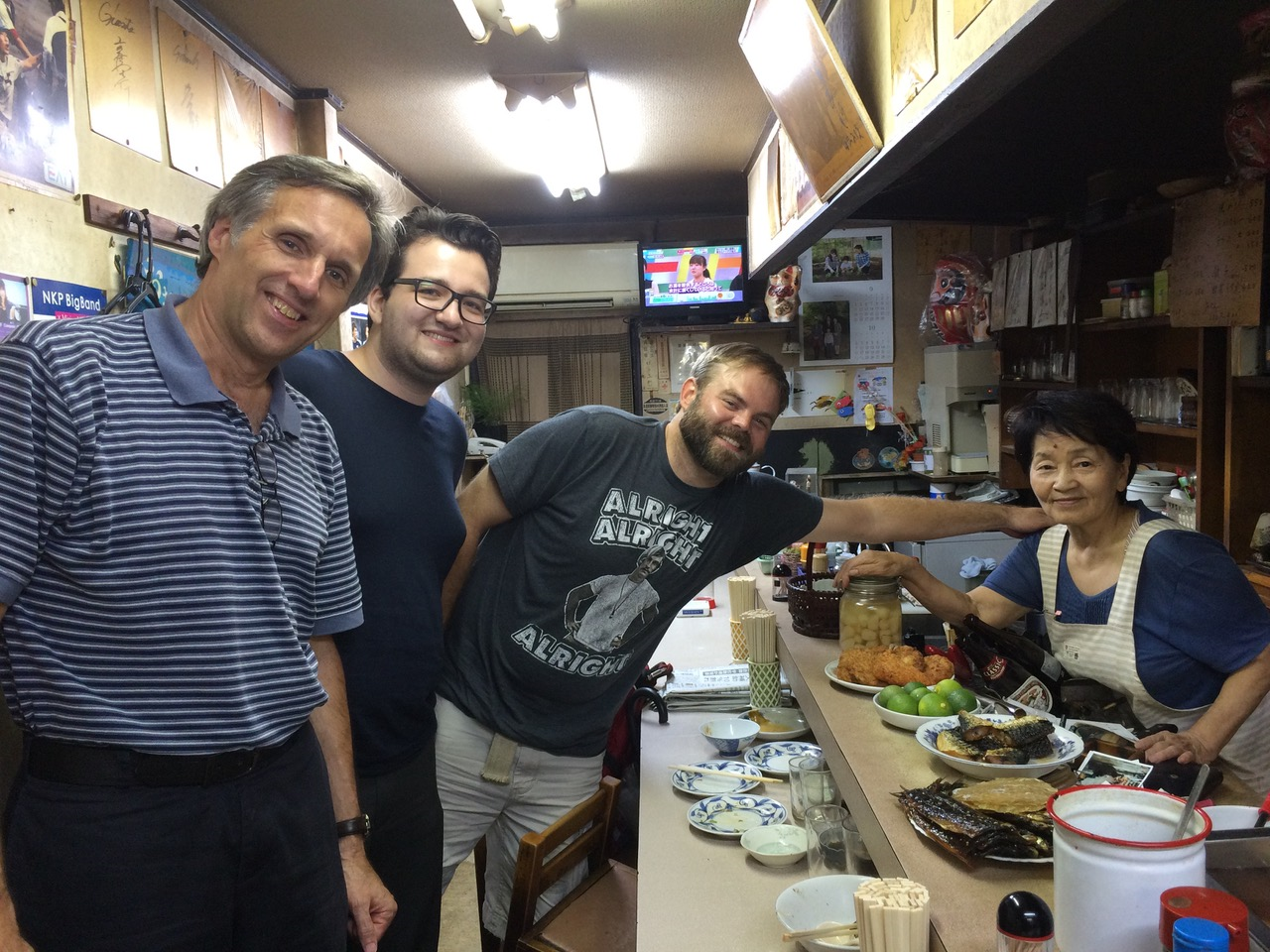
Class visits a Washington wind farm before traveling to Japan. (Courtesy photo)
By Keiana Hadjireza
Nuclear power plants and Japanese tea ceremonies: What do these have in common? They are both part of the curriculum in the Japan Early Fall 2017 study abroad program.
It’s an interdisciplinary UW Bothell program combining lectures in sustainable and renewable energy policies with Japanese culture and language lessons. Students learn about energy technology and regulations in the United States and Japan, especially since the 2011 disaster at the Fukushima nuclear plant. They also learn about the tea ceremony, flower arrangement and samurai culture.
The monthlong course consists of two weeks at the end of August at UW Bothell and two weeks at the beginning of September at Ehime University in Matsuyama, Japan. Under the cooperative agreement, a group of Ehime students study at UW Bothell in the early spring.
This is the fifth year for the Japan Early Fall course, which counts as a five-credit elective in electrical engineering, science or technology degrees. It’s taught by Mahmoud Ghofrani, assistant professor in electrical engineering, and Hiroshi Miyamoto, lecturer in Japanese studies. While Ghofrani’s focus is on microgrids, which can operate independently of a main power grid, he also appreciates the nontechnical side.
“Unlike most engineering courses which are purely technical-oriented, this program mixes technical aspects with language and cultural perspectives,” said Ghofrani. “Students learn to participate in a more informed way in local and national decisions about the future of energy.”
This is the first year for Ghofrani and the second for Miyamoto who led last year’s trip with Steven Collins, assistant professor in mechanical engineering. A four-hour class at UW Bothell consisted of two hours of energy and regulatory policy and two hours of Japanese language and culture. In Japan, they visited power generation facilities, local government agencies, businesses, a citizens group opposed to nuclear power, and cultural sites, Collins said.
Incidentally, Collins travels to Japan in September for a one-year appointment as an international fellow at the National Institute of Science and Technology Policy.
“I consider myself a Japanese studies scholar and an engineer, who is neither a Japanese studies scholar nor an engineer,” said Collins. “I am both, and yet neither. If you understand that, you’re well on the way to grasping a key insight in Japanese philosophy!”
Serving tea and arranging flowers may not seem significant to Americans, but they are deeply rooted in Japanese thinking and philosophy, said Miyamoto who comes from Kyoto, Japan.
One engineering student on last year’s trip told Miyamoto he appreciates the perspective. He said he knows how to count numbers, draw a chart and the technical aspects of what he’s doing. He realizes, eventually, he’s going to have to deal with a human being, Miyamoto said.
Members of that class remain in touch on social media and invited Miyamoto to a reunion.
“Fun, interesting, academic. A lot of students really love the trip,” he said.

Visiting an establishment in Japan. (Courtesy photo)



